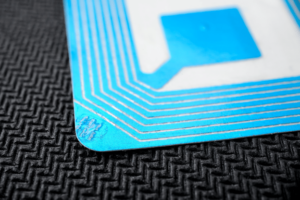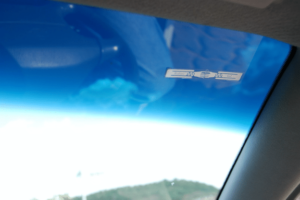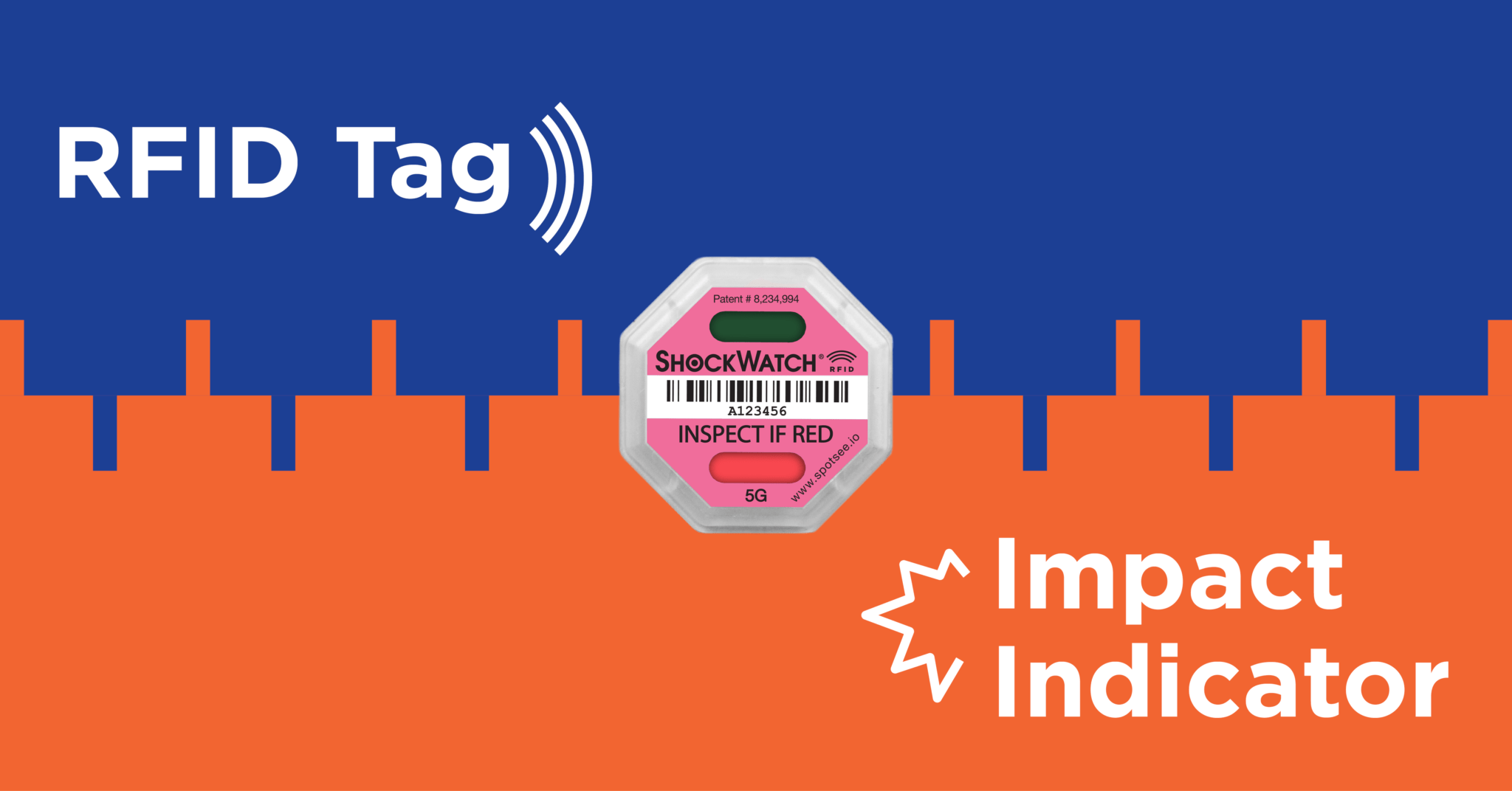5 Ingenious Uses of Passive RFID Tags
 Passive RFID has been around for decades, but now maybe its shining, breakout moment. With its low cost and application flexibility, innovative companies around the world have found ways to put this technology to use. RFID innovation — of today and tomorrow — helps bring accuracy, visibility, safety, security, profitability, and more into the digital era.
Passive RFID has been around for decades, but now maybe its shining, breakout moment. With its low cost and application flexibility, innovative companies around the world have found ways to put this technology to use. RFID innovation — of today and tomorrow — helps bring accuracy, visibility, safety, security, profitability, and more into the digital era.
Radio-frequency identification (RFID) is an asset monitoring system that uses electromagnetic waves to detect and track RFID tags attached to items. There are two categories of RFID tags:
Active and Passive RFID Systems
An active RFID tag consists of a microchip, antenna, and a battery which enables the device to transmit data even when there isn’t a reader within range.
Passive RFID tags don’t have an internal power source. They utilize the electromagnetic waves received from a reader. Once a reader transmits to the tag, an antenna inside the device creates a magnetic field. The tag circuit uses the power generated to transmit data back to the reader.
Passive RFID tags have a longer useful life than active RFID devices. They are tiny and relatively inexpensive to manufacture. Of all passive RFID innovations, ultra-high frequency (UHF) tags support the longest range.
The simplicity of passive RFID tags makes them useful in a myriad of applications. Just how flexible is passive RFID technology? These five recent innovations in passive RFID application are just the beginning.
1. File Tracking with Passive RFID Document Scanning
Various organizations require paper documents and materials like photographs to make decisions. Passive RFID tags can minimize incidents of document loss, misplacement, or theft from an office. Document scanners can read RFID tags on any papers or files passing through building entryways and exits.
In Qatar, the Public Prosecution generates about 600 to 1,000 files per day. The department found it necessary to monitor every document and ensure the authorization of files before leaving the building.
A new monitoring system with UHF RFID tags and 1,006 reading points dramatically improved document tracking in the Public Prosecution office. The system provides quicker and more accurate document tracking than the department has ever experienced. It features innovative RFID hardware and provides comprehensive location details, authorization checks, and label printing modules.
2. Better Hospital Safety and Efficiency with RFID Tracking Stickers
When admitting patients, health facilities can provide access cards with RFID tracking stickers. The tags can allow visitors to enter the permitted areas and sound an alarm if they try to access restricted rooms.
Hospital management can also minimize contamination and reduce manual labor in tracking items. Sanatorio Finochietto, a clinic in Argentina, uses passive RFID tags to locate 80,000 linens and articles of clothing. The system monitors the garments in their use, cleaning, and returning.
Besides reducing the loss of linens, the system enables supervisors to confirm that nothing returns to the facility before proper cleaning. According to the hospital, RFID tracking stickers have significantly reduced incidents of buying unnecessary inventory. They have also cut the hours that workers used to spend counting garments.
3. Smart Parking Lots with UHF RFID-Scanning Gates
 Thousands of vehicles navigate the roads every day and end up at various parking lots. Finding an empty parking slot can be stressful in crowded cities. An RFID-based parking lot management system can help drivers to find appropriate spaces to park.
Thousands of vehicles navigate the roads every day and end up at various parking lots. Finding an empty parking slot can be stressful in crowded cities. An RFID-based parking lot management system can help drivers to find appropriate spaces to park.
Passive UHF RFID tags can help regulate vehicle access to controlled areas. Typically, a reader will have an in-built application that controls car entry based on user-defined criteria. The system will open the access barrier after identifying the vehicle and verifying that it can access the parking lot.
Moscow City has implemented a parking area control solution that utilizes long-range passive RFID tags and readers. The system allows only authorized automobiles to enter spaces reserved for various groups of people, such as residents and corporate tenants. At the same time, it provides for temporary parking for paying visitors.
4. Tool Tracking in Diamond Mines with Passive RFID
Tools and equipment used in mines and manufacturing plants are critical for daily operations. If stolen or misplaced, buying new ones can be wasteful for companies. Passive RFID stickers help workers and managers to identify and locate tools.
A diamond mine in Canada uses a secure RFID tracking system that requires employees to sign tools out or into the store. It doesn’t need an attendant. The worker scans their badge and chooses to check out or return something accordingly. For accountability, the system scans the tool and displays its image for the worker to verify.
5. RFID Tracking Stickers for Supply Chain Impact Monitoring

Supplying damaged products can make consumers lose trust in your brand — and cost you unnecessary expense. Manufacturers and distributors can use ShockWatch RFID to track their shipments and know when goods get exposed to damaging impacts.
The device comprises a passive RFID tag and an integrated impact indicator. These components make it almost impossible for items with impact damage to pass through the supply chain.
You can scan a package with an RFID reader to know its condition. The system enters the data to your enterprise resource planning (ERP) software.
ShockWatch RFID helps freight managers to identify potentially damaged products. If necessary, they can launch inspections en route. The passive RFID tags’ impact monitor enables you to hold the handler accountable, while enabling holistic supply chain optimization.
Contact us with the form below to schedule a consultation about SpotSee’s passive RFID solutions.







